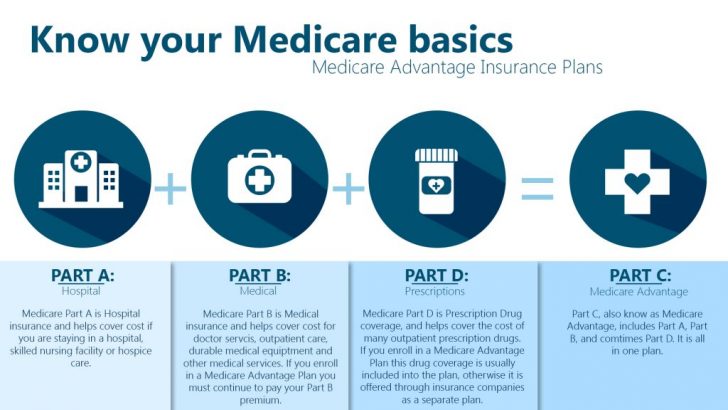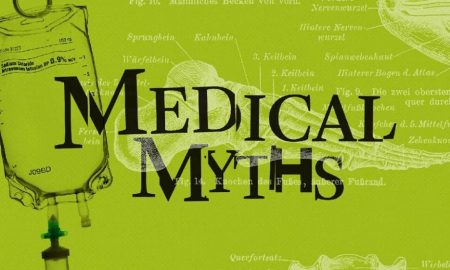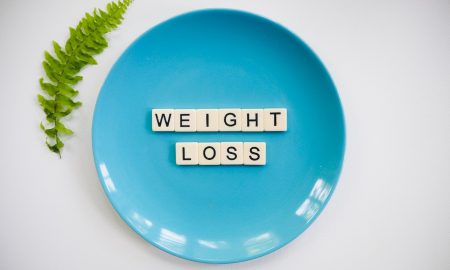
Senior Citizens Worried About Medicare Part D, But Here’s Why It Could Be a Good Thing

Are you on Medicare? Then you must already be familiar with its four parts, named alphabetically as Parts A, B, C, and D. While understanding all segments of the national insurance program is important, let’s first focus our concentration on Part D.

Understanding all parts of the insurance program is important
This optional Medicare segment was first made available in 2006, and it mostly covers self-administered prescription drugs. But you already knew this, didn’t you? What you may not have known hitherto is that with the introduction of Part D followed a reduction in the cost of drugs.
60 Million Beneficiaries
The Kaiser Family Foundation is ever conducting surveys on the Medicare program, and it is safe to say that the non-profit is quite knowledgeable on matters concerning the insurance program. According to them, 60 million Americans are on Medicare, and a majority of them have opted for the Part D cover.
To be exact, Kaiser reports this number of Medicare Part D beneficiaries to be 43 million. Doing the math, isn’t that a percentage of around 72%? As you can see, that’s way more than half, so the claim that a majority of beneficiaries are on Part D is as true as it can be.

Majority of retirees are on Medicare Part D. No wonder they are this healthy
The introduction of this segment was definitely going to affect drug prices, and that it has been around for over a decade called for an analysis of this. The Center for Retirement Research (CRR) at Boston College carried out a study to figure out exactly how Medicare Part D has influenced the availability and price of prescription drugs under coverage, and the results were encouraging.
Speaking about the findings, Gal Wettstein, a CRR research economist, revealed that the introduction of the final Medicare part did indeed lead to a decrease in the cost of prescription drugs.
However, a decrease in price led to an increase in both demand and consumption, totally in sync with the general demand curve. You’d think it would be different for drugs, right? Turns out the dynamics of demand and supply apply everywhere.
All the same, you could argue that there’s an increase in consumption simply because more people can now afford the drugs. Before they were under the insurance program, patients could have been seeking alternatives or choosing to do without the drugs altogether. Doesn’t this make sense?
Dominance by Major Brands
And just so you know, a decrease in price isn’t the only way that Medicare Part D has affected the pharmaceuticals industry. According to the CRR study, its introduction has led to the dominance of major brands.

GSK, the manufacturers of Paxil, is one of the dominant pharmaceutical companies
Thanks to patents granted by the FDA, these companies can protect their drugs from generic manufacturers for as long as they need to. On average, these patents last twenty years, with the option of renewal for another two decades.
So, what does this mean for generic drug manufacturers? As the CRR found out, these companies are facing stiffer competition from each other. Luckily, consumers are usually the luckiest in a competitive market, as it translates to high-quality products and fair prices.
And isn’t this exactly what the study told us? The country’s senior citizens have, therefore, no cause for alarm where their health is concerned. They are receiving high-quality drugs, and yet they’re not paying an arm and a leg for them.
More in Medical Conditions
-
Worried About Diabetes? Here Are Some Common Myths
There are several myths about diabetes that are frequently reported as facts. Diabetes misrepresentations can sometimes be harmful, leading to an...
June 29, 2023 -
Many Patients Pay Their Medical Costs Out Of Their Pockets – Even With Insurance
With rising inflation, it has become difficult for people to even fulfill their basic necessities. They are more concerned about how...
June 6, 2023 -
What Is The Right Weight For Kids And How To Gain Weight Healthily
Keeping your child happy and healthy is the primary concern of every parent. Parents usually focus on providing their young ones...
May 12, 2023 -
Thyroid Disorders in Children: What Parents Need to Know
Thyroid disorders are not limited to adults; they can also affect children. The thyroid gland produces hormones that play a crucial...
April 29, 2023 -
Should Doctors Attend To Patients With ‘Do Not Resuscitate Tattoos’?
Doctors at the University of Miami hospital were confronted with a dilemma when a 70-year-old unconscious man with a tattoo “do...
April 3, 2023 -
Your Antidepressant May Not Work If You Keep Doing This One Thing
People use social comparison to measure their self-worth. Social comparison has been in existence since time immemorial, and it is as...
April 1, 2023 -
Pro Tips on Preventing Hair Breakage While Keeping Your Hair Moisturized at Home
Every one of us is thinking a lot about how to forestall hair breakage and keep them moisturized at home. Since...
March 22, 2023 -
Planning to Travel After Retirement? This is the Best Medicare Coverage for You
Does Medicare insurance go with you once you are out of the country? It’s currently open enrollment period, and while planning...
March 14, 2023 -
Lumeris, A Medical Insurance Provider, Expands Into 5 New States & 44 Counties
Lumeris is one of the leading insurance providers in the United States. For years, the Saint Louis, Missouri-based firm has been...
November 8, 2022















You must be logged in to post a comment Login